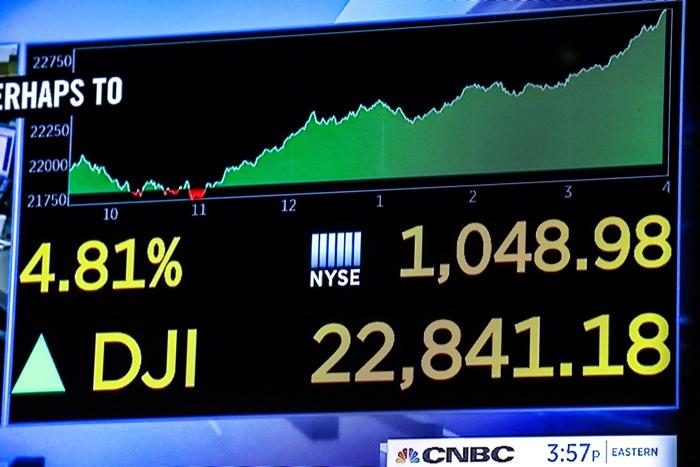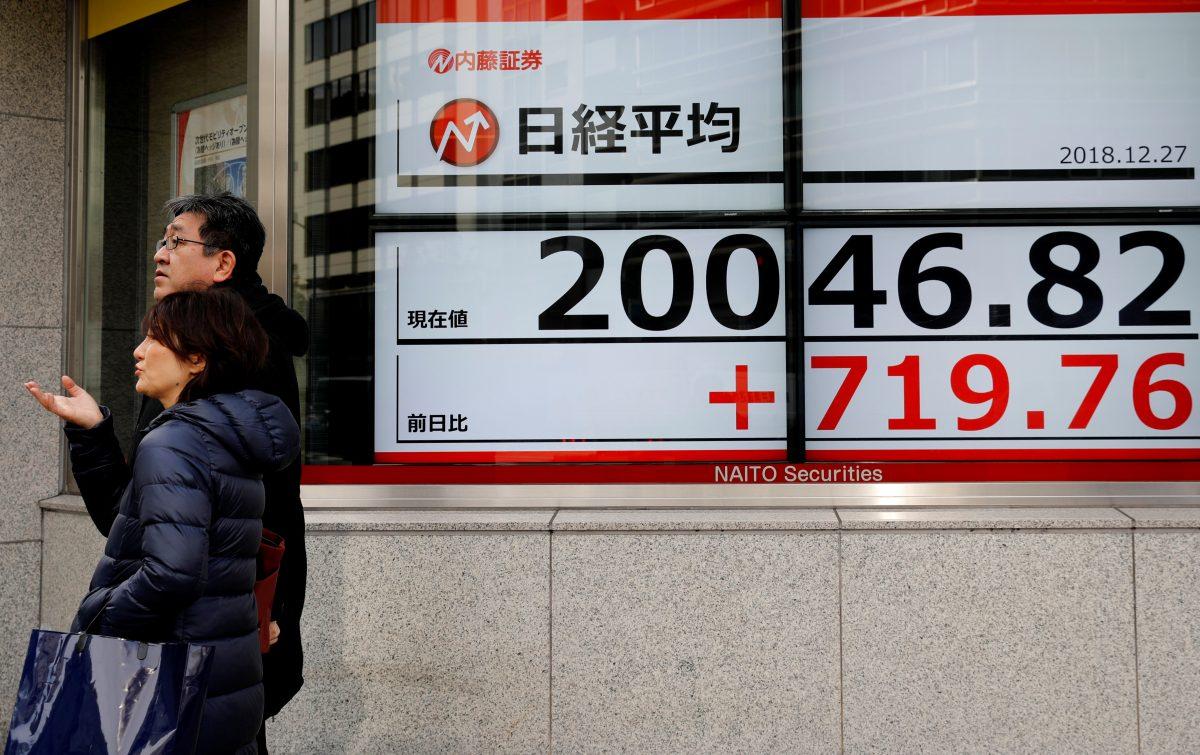The weekly unemployment insurance report released on Dec. 27 shows signs of a strong labor market.
The number of new applications for benefits dropped during the week of Dec. 16 through Dec. 22, suggesting that the volatility in the stock market over the last month has not been affecting employment.
The Labor Department reported that initial claims had dropped by 1,000 to a seasonally adjusted 216,000 for the week ending Dec. 22.
Initial claims have fallen in three of the last four weeks and are near a 49-year low.
The Labor Department reported that the unemployment rate in November has stayed at 3.7 percent, a five-decade low, for the third straight month.
Historic Levels
Unemployment rates at historically low levels for a wide variety of groups have posed new challenges for businesses, as the 7 million open jobs now outnumber the ranks of just under 6 million unemployed.The unemployment rate for men aged 20 and above fell last month to 3.3 percent—the lowest in 18 years. The rate for Americans with just high school diplomas dropped to 3.5 percent, the lowest since December 2000. The African-American jobless rate declined to 5.9 percent, matching May’s figure as the lowest on record.

Volatile Stock Markets
In U.S. stock markets, major indices dropped throughout the day but those losses were reversed later in the day to close higher.The Dow Jones Industrial Average went up 260.37 points, or 1.14 percent, to 23,138.82, the S&P 500 rose 21.13 points, or 0.86 percent, to 2,488.83 and the Nasdaq Composite gained 25.14 points, or 0.38 percent, to 6,579.49.
Markets in mainland China as well as Hong Kong closed weaker after data showed earnings at China’s industrial firms dropped in November for the first time in close to three years.

Trader Concerns
Some of the concerns about the economy have been provoked by a show of weakness in the housing market.U.S. home prices rose just 0.3 percent in October, leaving the year-over-year increase at 5.7 percent. It is the smallest gain in more than two years, as shown in data from the U.S. Federal Housing Finance Agency released today.
Due to a partial shutdown of the federal government, some expected reports have been delayed, including a report on new home sales in November, revised figures on U.S. building permits, and advance economic indicators including the goods trade balance.
Prices of U.S. Treasury’s went up, with the 10-year note rising to yield 2.771 percent. Gold went up 0.4 percent to 1,278.10 an ounce.
The Federal Reserve raised interest rates four times this year but is predicting fewer rate hikes next year while signalling its tightening cycle is nearing an end in the face of financial market volatility and slowing global economic growth.





Friends Read Free